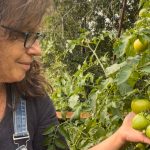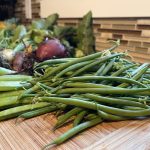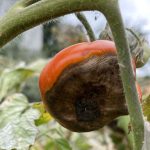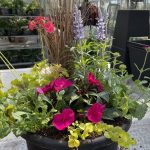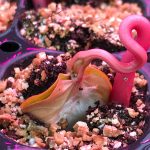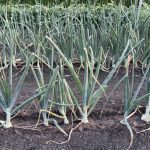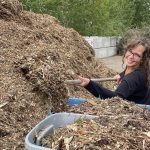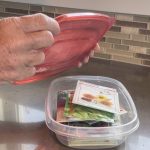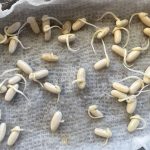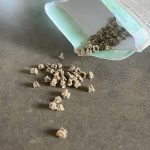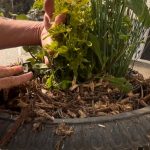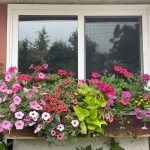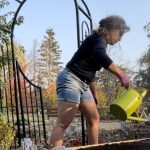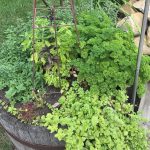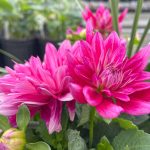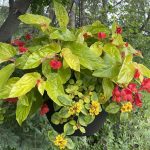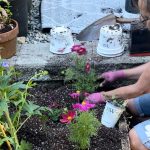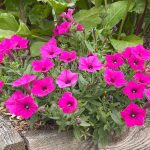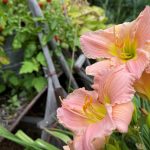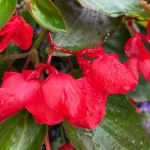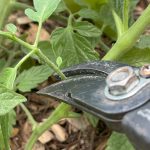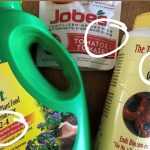Basil is one of the most popular and familiar herbs in North America. Growing basil can be a great way to save money as you enjoy this lovely herb. There are many kinds of Basil available, and you can grow them all with these methods!. Growing Basil is typically easy, but it does have a few idiosyncrasies.
In this blog we will explore where Basil comes from, where to grow Basil, how to water & fertilize Basil, and common Basil problems.
What is Basil?
Where basil comes from
Basil is native to the tropics on the continents of Africa, India, and Asia. In Egypt, it was used for embalming mummies and in India it was used in traditional medicines. There is somewhere between 50-150 different varieties of Basil which include the Common Sweet Basil we are so familiar with, Green Basil, Lemon Basil, Camphor Basil, Clover Basil, Thai Basil, Holy Basil used in Hindu worship, and Cinnamon Basil from Mexico.
What family is basil in?
With its classic square stems, Basil is a part of the mint family. In the kitchen, Basil is added singly or as part of a herb combo for flavouring. It’s infused in oils, great in salads, and can be used as a tea. Basil is a good source of Vitamin A, C, & K, folate, magnesium, manganese, and copper. Basil is used medicinally to aid with digestive issues and as an additive to a warm, invigorating bath.
When you brush against Basil in the garden or rub its leaves, Basil releases its sharp, sweet fragrance. Heavenly!
Growing Basil
What temperature does basil need?
Having originated from the tropics, Basil is sensitive to the cold and needs a warm growing environment. It likes to have its feet, or roots, toasty warm, and Basil needs at least 6-8 hours of sunshine to thrive. The more sun the better.
Can basil be planted outside?
Because of its necessity for warmth, Basil grows best in pots or raised beds. In central Alberta, such as here in the Edmonton area, wait until the middle of June to plant Basil in the ground or in a raised bed. It’s probably ok to leave Basil pots outside by the middle of June, but always check the overnight lows in June, just in case it gets close to freezing. If it looks like the temperature will dip below 10 C (50 F) , bring the Basil pots inside and cover any planted Basil. You should also bring potted Basil indoors if there is a prolonged string of wet, cool weather.
How to Plant Basil
Grow Basil in a pot with a minimum diameter of 30 cm (12″). My experience is that Basil grows best in a pot all by itself. Basil grows to become a fairly large plant, 45-60 cm (18 – 24″) tall, and most of the time it either just doesn’t love the company of other flowers or herbs or it competes with it. Sometimes the Basil wins and sometimes it doesn’t. Planting Basil alone has been the most successful for me.
When growing Basil in a raised bed or an in-ground garden, make sure to give Basil its space. Since a lot of plants grow the same width as their height, give Basil a perimeter of 24-30 cm on each side. If you are planting more than one Basil plant, and who wouldn’t since they freeze well and dry well, space the plants 45-60 cm (!8-24″) apart.
Soil and Water Requirements for Basil
No matter where you choose to grow Basil, make sure that the soil is fertile, full of organic matter, and that it drains well. Basil does not like to grow in soggy wet soil. If its roots are cold and wet for too long, the leaves will turn yellow, the leaf tips will become brown, and, eventually, the whole leaf will turn black.
How to check if your basil needs water
Whether the Basil plant is growing in the ground or in a pot, always check the soil around the Basil plant before watering to see that it has dried down and actually needs to be watered. Stick your index finger into the soil to your 2nd knuckle and if the soil is dry that deep down, it’s time to give your Basil plant a drink of water.
Water Basil at the base of the plant, avoid spraying water all over the leaves.
Fertilizer for Basil Plants
Fertilize Basil weekly with a well balanced fertilizer. 20-20-20 is a good option, but there are many other organic options on the market. Pick the one that works best for you and follow the package directions for dilution instructions.
Harvesting and Deadheading Basil
Harvest Basil leaves by pinching or cutting back the stems at the leaf nodes. A leaf node is where the leaves come out of the stem. With Basil, two leaves emerge opposite of each other on the stem. Pinch just above this node- this allows the leaves at the node to develop and it allows the plant to grow more stems at this point.
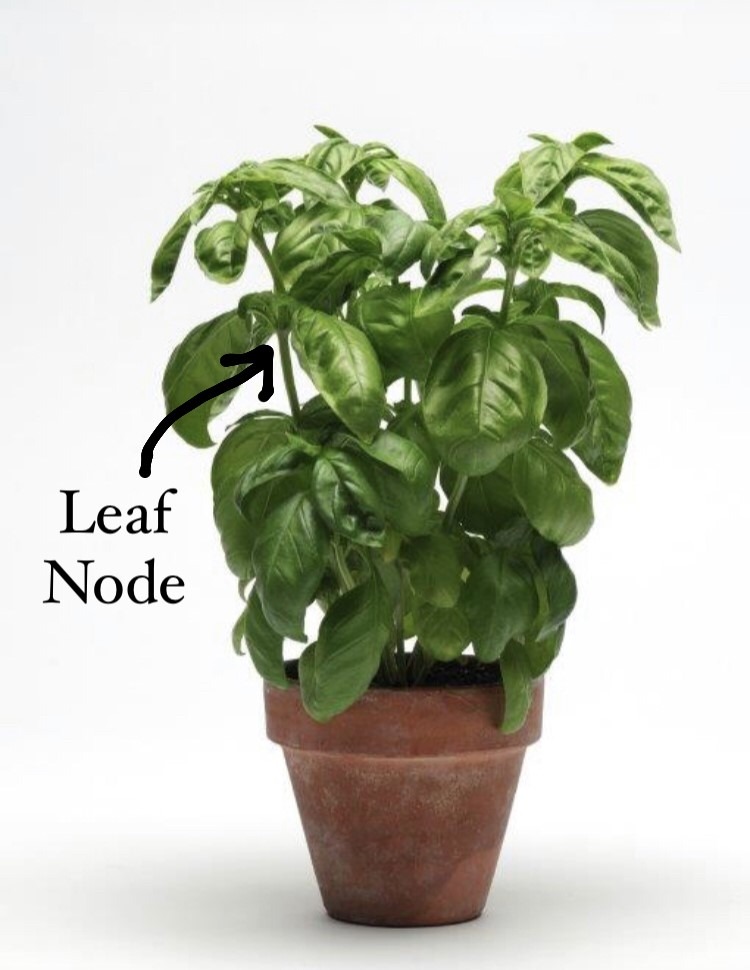
You can also reshape Basil by selectively pinching back nodes at various heights.
To keep Basil growing, don’t let the Basil plant bloom. Pinch back the bud stems down to where the first flowers appear on the stem. It’s better to pinch it back at the bud stage so as not to waste the Basil plant’s energy on blooming. Basil tastes better if you keep it from flowering.
Common Basil Problems & How to Avoid Them
Most Basil problems come from the plant being too wet and / or too cold. If a Basil plant is kept healthy in a warm place, evenly moist, and is regularly fertilized, it will have few problems.
Downy mildew and root rot become problematic for Basil when they are too wet. Once these two things have set in, it’s hard to recover the plant.
How to avoid Basil growing problems:
- Check the soil before watering
- Reduce frequency of watering
- Water at the base of the plant, not all over the leaves
- Avoid watering at night
- Grow Basil in a warm place
- Protect Basil plants from the cold – cover it or move it indoors when the temperatures get below 10 C
In Conclusion
I hope that this blog helps to simplify growing Basil in your gardening space. I love that Basil is so versatile in that it can be grown virtually anywhere that has enough sunshine.
If your gardening space is small, like on a balcony or a small deck, Basil will happily grow in a container. And if you have acres surrounding you, Basil will grow in a raised bed or in the ground.
If you would like to talk more about Basil (or any other gardening topic) I invite you to message me and we can puzzle through it together. Stay well!
© Sharon Wallish Murphy, Gardening with Sharon


